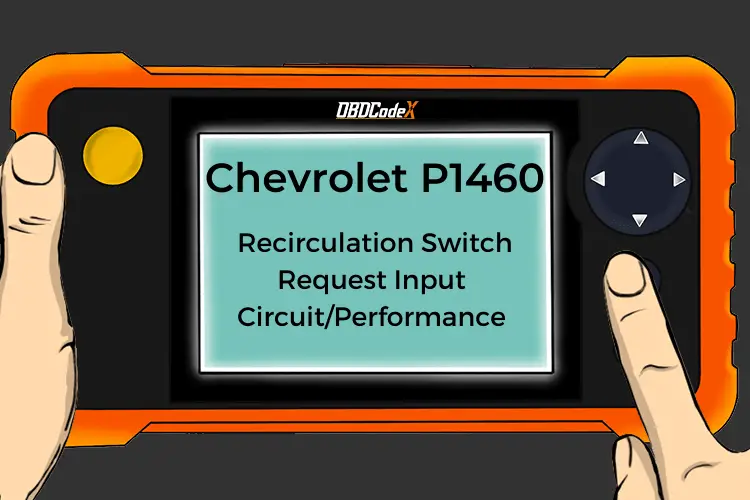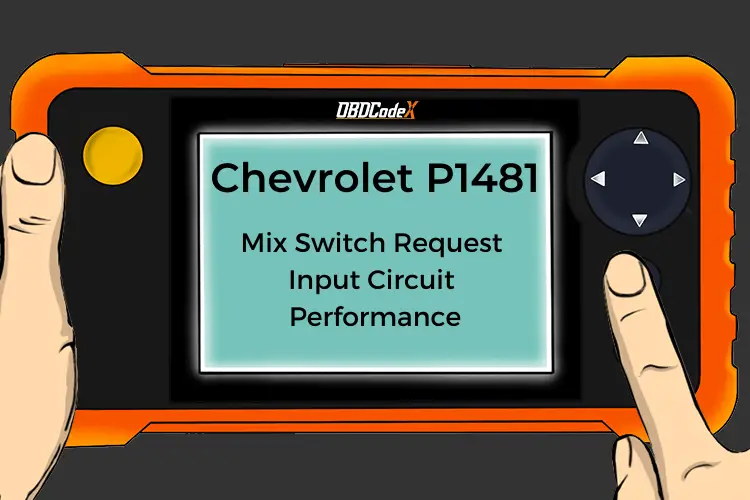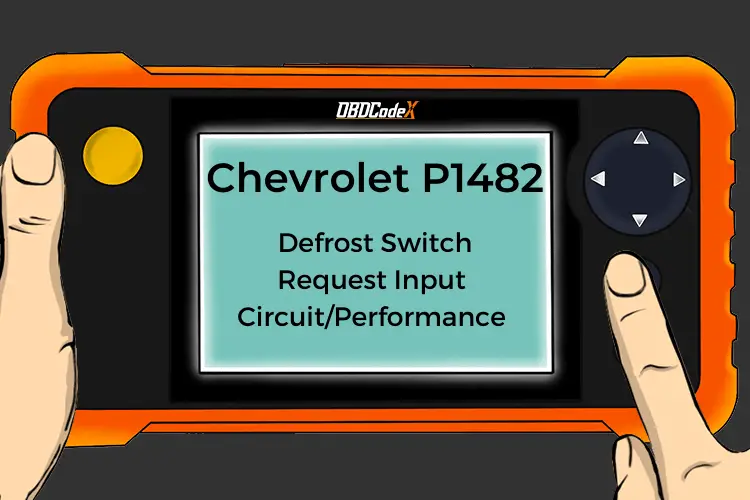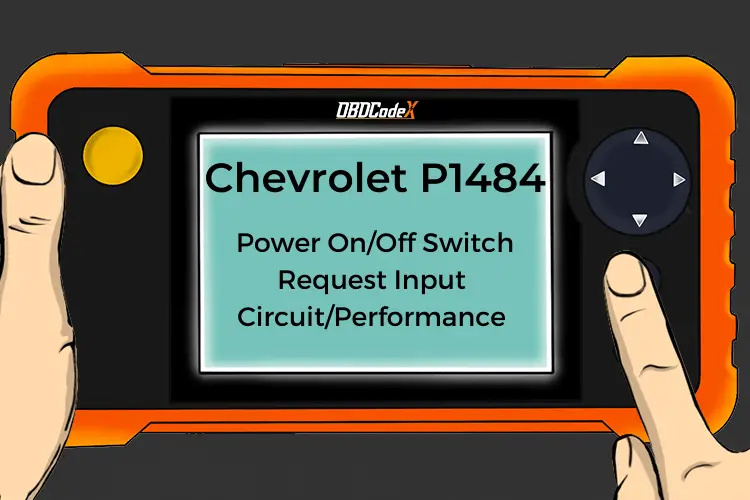P0494: Fan Speed Low
Is your scanner showing P0494?
No worries. We'll show you what it means and how to deal with it.
P0494: Fan Speed Low
OVERVIEWWhat Does The P0494 Code Mean?
The fan the manufacturers are referring to in these codes is the cooling fan. Generally speaking, the fan is mounted on the radiator. It’s function is to cool down the coolant in the radiator and help regulate engine temperature.
The engine control module (ECM) or power train control module (PCM) monitors/controls a multitude of sensors in order to monitor and regulate the temperature of the engine. The ECM switches the fan on when engine temperatures get high (e.g. idling in traffic), and off when airflow is sufficient to keep temperatures down (i.e. cruising down the highway).
While monitoring the cooling fan, the ECM has detected a low speed condition. If the cooling fan is spinning beyond or below the manufacturers set parameters, the engine light or malfunction indicator lamp (MIL) will be illuminated by the ECM.
Related engine cooling fan diagnostic codes:
What Are The Symptoms Of The P0494 Code?
Symptoms of a P0494 engine code may include:
- Engine overheating
- Engine noises
- Poor performance
- Engine misfiring
- Stalling
- Poor fuel mileage
What Are The Potential Causes Of The P0494 Code?
Typically the causes for this code to set are:
- Broken or damaged wiring harness
- Malfunctioning fan clutch
- Cooling fan clutch or bearing defective
- Cooling fan relay defective
- ECM issue
- Pin/connector problem (e.g. corrosion)
How Can You Fix The P0494 Code?
Whenever you are working with electrical systems, some of the basic tools that are a good idea to have are:
- OBD code reader
- Multimeter
- Basic socket set
- Basic ratchet and wrench sets
- Basic screwdriver set
- Rag/shop towels
- Battery terminal cleaner
- Service manual
Safety Tips
- Let engine cool
- Chalk wheels
- Wear PPE (Personal protective equipment)
Basic Step #1
Visual inspection. First thing, you will want to pop the hood and locate your radiator/fan assembly. Most times, it will be mounted towards the front of the vehicle, directly in front of the engine. Keep in mind that their are numerous different styles and setups for cooling fans, some are mounted directly on the radiator itself and some are belt driven by the engine so identify the style of your particular cooling fan. Once located, inspect the fan(s) and blades for damage. It’s a good idea to grab one of the fan blades and give it a light shake to check for any play in the bearings , depending on the style and how much play is present, you may need to replace the fan assembly . Make sure to also inspect the shroud and anything that may hinder the fans performance. Pay close attention to the wiring harness for the cooling fan. It only takes one lightly frayed wire to cause some codes to come on. If everything checks out, continue.
TIP: Sometimes aftermarket shrouds do not fit perfect causing the fan to rub on parts of the shroud causing a low speed condition. Spin fan by hand with engine off and cold. Fan should spin freely in the shroud (may have to remove belt for the belt driven version).
Basic Step #2
Check the connector. First, make sure the battery is disconnected before performing any repairs or tests on the electrical system. Follow the harness coming out of the cooling fan until you find its connector. Once located, inspect for overheating/melting or corrosion. Disconnect it and inspect the pins inside. Any corroded or bent pins must be repaired/replaced. Typically any damage to the connector means you will need to replace it. If all looks good, continue.
TIP: Make sure you have a healthy electrical system. Always be aware that if you have a weak battery or a problem with your charging system, the ECM may be falsely illuminating the engine light among numerous other possibilities.
Basic Tip #3
Check the relay. Depending on your system, you may have a cooling fan relay that assists in controlling your fan. Refer to manufacturer for location. If the relay looks melted or burnt this may indicate a problem within the relay and should be replaced.
TIP: It’s a good idea to buy these types of relays at your manufacturers dealership as i have found some defective aftermarket relays that have caused some serious damage.
Basic Step #4
Check your ECM or PCM. Locate your ECM. Location heavily depends on the make and model but you may find a ECM: under a seat, under the hood, in the trunk, mounted to the firewall, under the dash, in a fender or mounted to the floor somewhere. Once located, inspect for water damage or corrosion. this may indicate a problem. Qualified eyes would be needed beyond this point.
Recommended Parts
Below are some recommended auto parts to help you address the trouble code affecting your vehicle and get it running smoothly again:
>>> Fan Clutch
>>> Twippo 372Pcs Waterproof Wire Connectors Kit
>>> Lexus Radiator Fan Relay
>>> ECU
>>> Autel Scanner MaxiCOM MK808S
Note: During the purchasing process, please check carefully whether the part you want to buy fits your car!
Reference Sources
P0494 Fan Speed Low, OBD-Codes.




